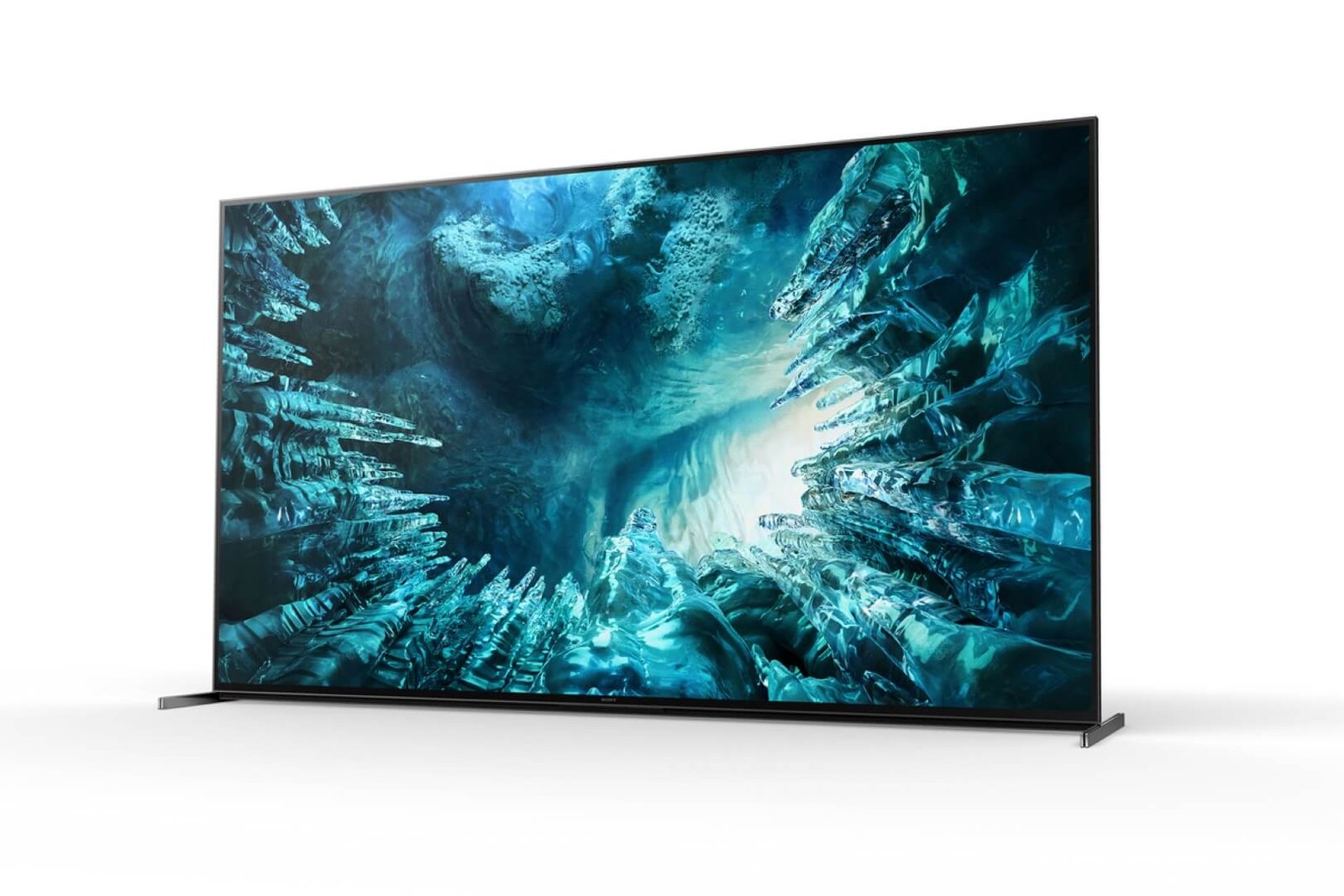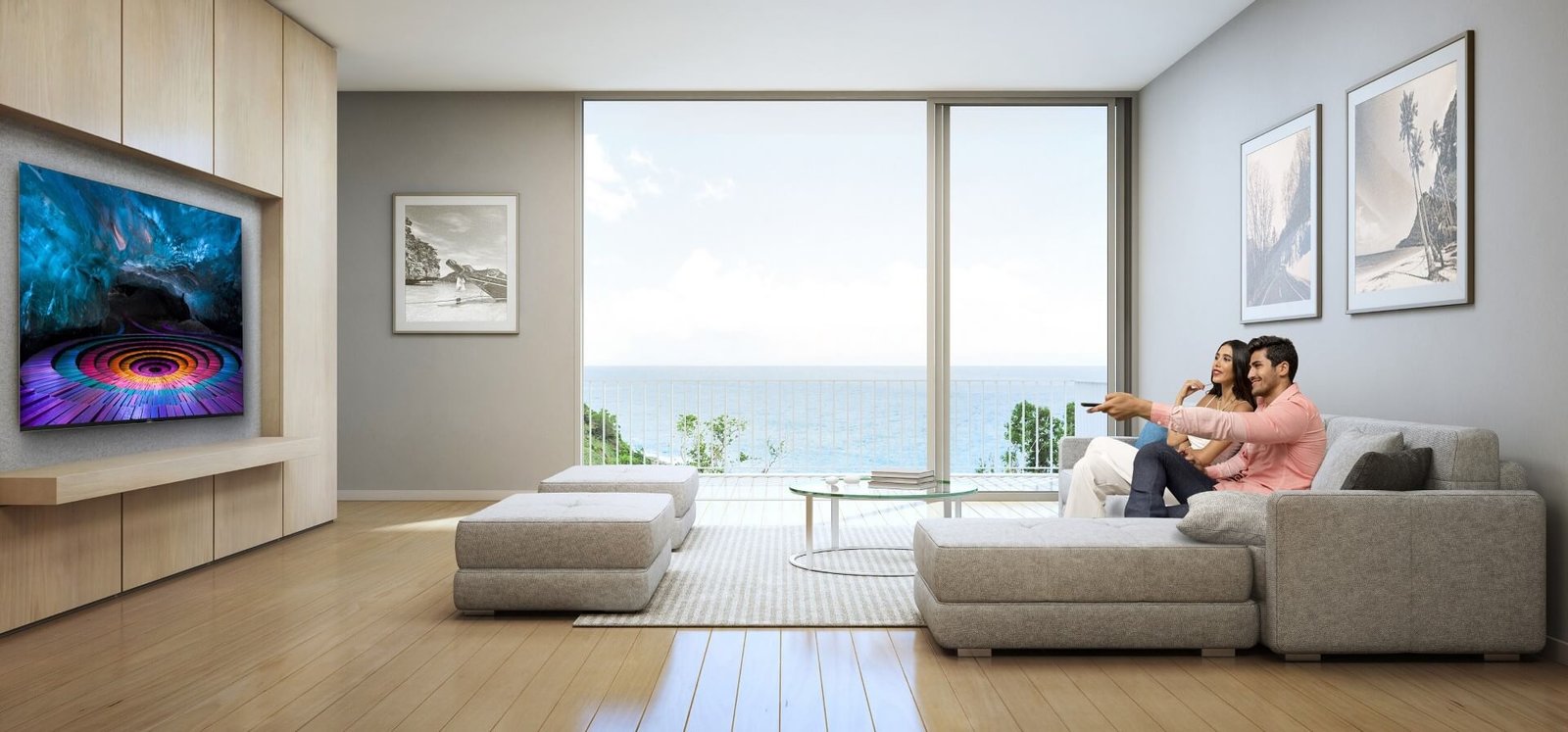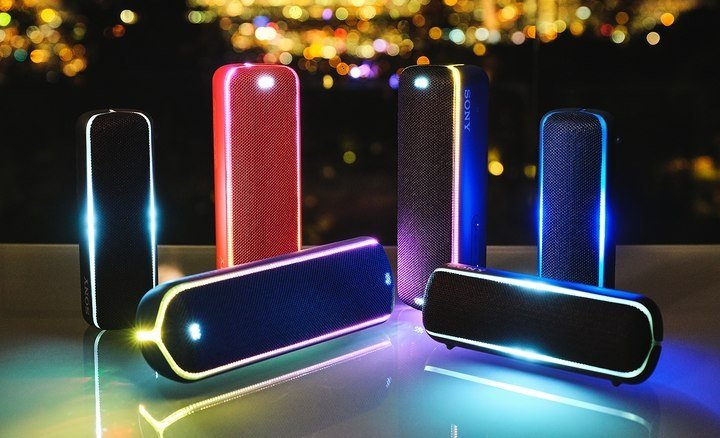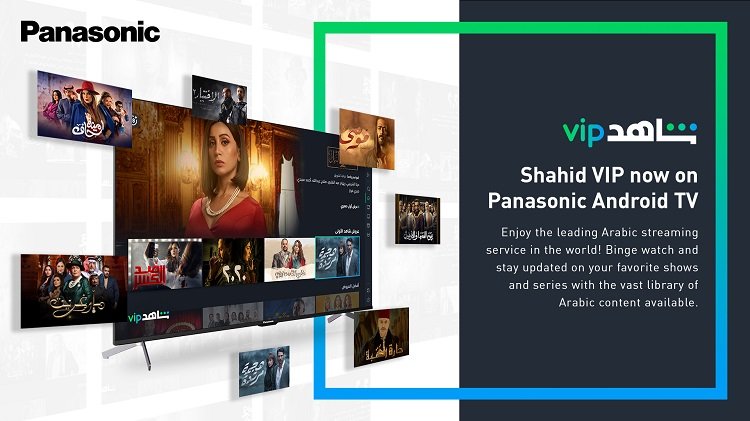Buying a television that suits your needs can be a tricky one, especially when the market is flooded with a lot of 4K TV models.
According to a recent YouGov survey of 2700 consumers in the Middle East, picture quality and price are top-ranked factors influencing TV purchase decisions, closely followed by screen size and Smart TV functions. But with so many models and features to choose from, buying a TV can be an overwhelming decision. Shuichi Mugitani, Head of Marketing, Sony Middle East and Africa cuts through the confusion with expert recommendations on buying a TV that suits your requirements.
Picture Quality
The biggest deciding factor by 67% of consumers surveyed was picture quality. Sony’s X1 processors precisely analyze data and process information, reducing noise and blur from scenes while maximizing image quality with enhanced color and contrast. The result is truly realistic pictures for an incredibly immersive viewing experience.
Sony BRAVIA TVs feature Full-Array LED technology. The intensity of the LEDs can be adjusted depending on the scene – making it light where light is needed and dark where darkness is needed. Sony’s OLED screens comprise over 8 million self-illuminating pixels, so contrasts are greatly enhanced with incredibly deep blacks and dazzling lights.
Sports fans will enjoy the action on-screen even more thanks to Motionflow, a Sony technology that reduces blur by inserting black images between images. LCD TVs with X-Motion Clarity use an independent panel control to optimise light emission and keep scenes clear without losing brightness.
For a screen with sharper resolution (a greater number of pixels), go for 4K or 8K models that have four times the number of pixels as current HDTV screens. 4K is an ultra-high-definition (Ultra HD) image format with a horizontal resolution of about 4,000 pixels. For 8K the horizontal resolution is about 8,000 pixels. Sound and pictures are in harmony on Sony 8K BRAVIA TVs. You can hear sound from the right place in the scene as the speakers are integrated into the frame.
Screen Size
The second-biggest factor influencing a TV buying decision is screen size. Considering price, performance and size of a typical living room, a screen size between 55 and 65 inches suits most families. Larger screens mean bigger images for a truly immersive experience that can be enjoyed by more people all around the room. With larger images and subtitles, you even get a great view from far back.
Today’s 4K TVs have enhanced resolution to keep pictures sharp, even when sitting close to the screen or watching larger screens. As a rule, we recommend the height of the TV to be two-thirds the distance between the TV and your viewing position. Consider also the placement of the TV in your home. Living rooms need the biggest screens but in bedrooms or the kitchen, a smaller TV may be preferable.
Content considerations
The increasing popularity of video on demand was also highlighted in the survey. With Netflix being one of the top three most watched platforms in the region, why not go for a TV recommended by the streaming giant.
The Sony BRAVIA series is Netflix recommended. These Smart TVs offer better performance, easier menu navigation, and new features that improve the experience for Netflix, and for streaming in general. In addition, all Sony Android TVs from mid-March 2020 can download popular Shahid app from Google Play, which provides premium Arabic content in the region.
On the BRAVIA series, users can now speak in Arabic when using the Voice Search function to find the content they want, stream shows on Netflix, play songs on Youtube and check the weather. Sony’s voice-activated TVs work alongside Google Assistant to provide a smarter viewing experience. The voice-activated TV can even dim the lights when connected to smart home devices, manage tasks and personal calendars.
Only a big screen TV with supersized pictures and immersive sound can reproduce the excitement of a cinema or stadium. But as screen size increases, problems with noise, blur and contrast appear. And with side speakers further apart, the sound you hear can be far from where the action is happening. Sony’s unique picture and sound technology corrects these issues to deliver true reality.









